Joro spiders haven’t been spotted in Florida yet. Here’s the venomous bugs to worry about
We are less than six months away from Halloween but we're already hearing eerie tales of large, yellow spiders "coming for us." But is that true?
Joro spiders have been dominating headlines as the invasive species is expected to move into parts of the Northeast U.S. this year, some fearing Florida is the next stop on their itinerary.
But we already have enough crazy, even poisonous critters to worry about. Can we really handle another?
What are joro spiders?
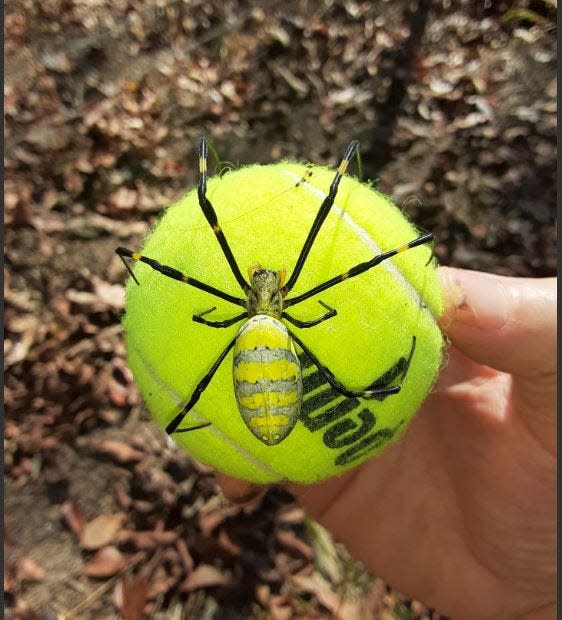
These palm-sized orb weavers are scientifically known as Trichoephila clavata. Joro spiders are native to East Asia and are often found in countries like China, Japan, Korea and Taiwan.
Females grow to be larger than their male counterparts. Their bodies can grow up to 1 inch in length, and their legs can span up to 4 inches. The male joro is much smaller, has a brownish-red color and is often seen in the female's web.
Are giant Joro spiders in Florida? Here's where they're headed on their US invasion
Joro spiders release their silk and use it like a balloon to take off from elevated spots. Depending on the length of the silk, they can ride the wind for 100 miles or more.
Is the joro spider actually venomous? What are the bite symptoms?
Joro spiders can secrete venom with a bite similar to a bee sting, USA TODAY reported. However, it has been documented that Joro spiders are on the shyer side and won't bite unless cornered.
If you find yourself on the end of a joro spider bite, experts say it won't require any medical prevention as it usually causes a small amount of pain and redness.
"In rare cases, a person could have an allergic reaction to a Joro spider bite and need treatment from a healthcare provider. But no allergic reactions to this species have been reported yet," WebMD says.
Have joro spiders been spotted in Florida?
As of June 6, there have not been any reported of the joro spider in Florida.
However, it could be a matter of time. Recent reports indicate the arachnids are expected to invade new states along the East Coast sometime this year.
The spider reportedly arrived in the U.S. around 2013, likely on a shipping container, and was first spotted in Georgia in 2021. Their presence has been confirmed in:
Alabama
Georgia
Maryland
North Carolina
Oklahoma
South Carolina
Tennessee
Virginia
West Virginia
Here's what venomous bugs you can find in Florida
So it's established that the joro spider is not anywhere in Florida (at the moment), but here's some venomous bugs you actually have to watch out for while here:
Black Widow
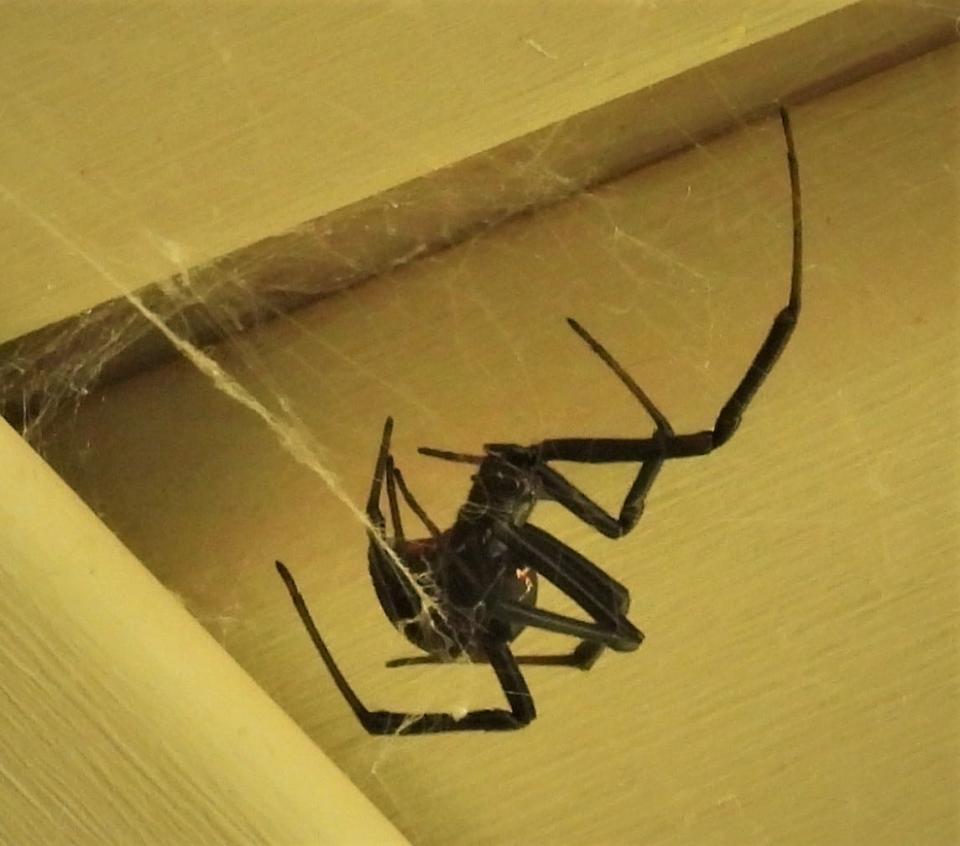
Florida houses two venomous spider species, one of which being the infamous Black Widow.
Female widow spiders pose the largest threat as their venom is toxic and can sometimes be fatal. Widow spiders can be black with red markings or dull brown and red, with orange or red circles on the abdomen.
Widow spider bite symptoms:
Muscle twitching and spasms
Cramps
Vomiting
Sweating
Headache
Severe trunk pain
If bitten, here's what to do:
Cleanse the bite site with soap and water
Apply cool compresses to reduce pain and swelling
Visit the nearest emergency department if more than local symptoms occur
Brown Recluse
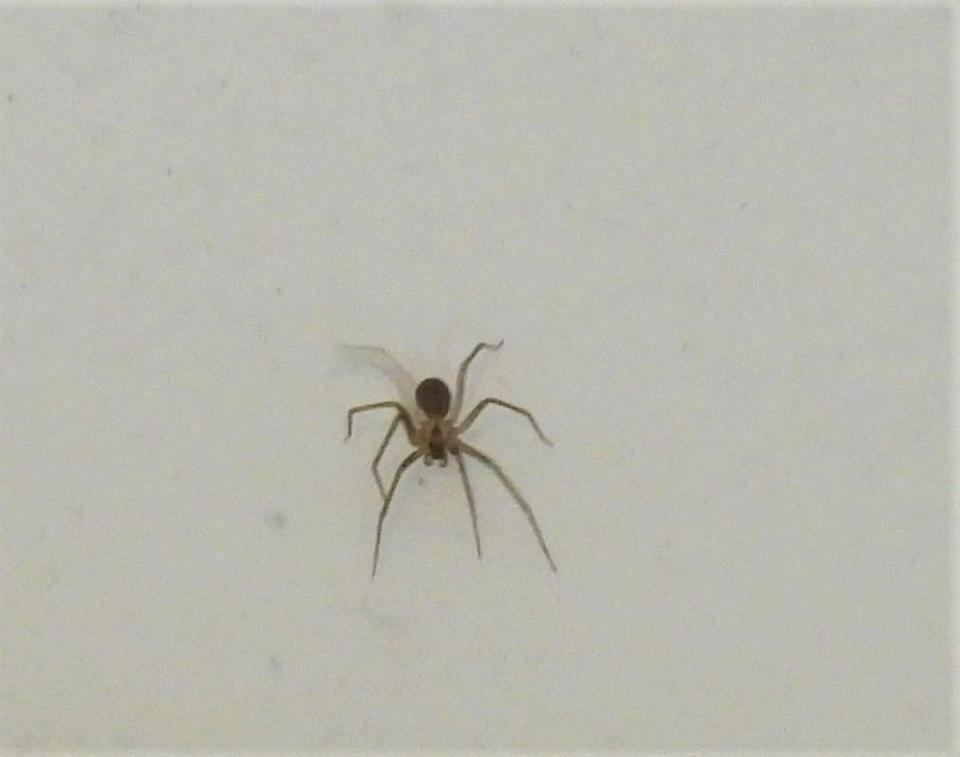
Florida's other venomous spider is the brown recluse, which is also an invasive species.
Brown Recluse spider bite symptoms:
Red rings will form around a black blister and appear infected. The site will be swollen and painful. A bite from a brown recluse spider takes a long time to heal completely.
Fever
Chills
Nausea and vomiting
Itching
Brown urine
If bitten, here's what to do:
Cleanse the bite site with soap and water
Go immediately to your nearest emergency department or physician for a tetanus booster or wound treatment if needed.
Fire Ants
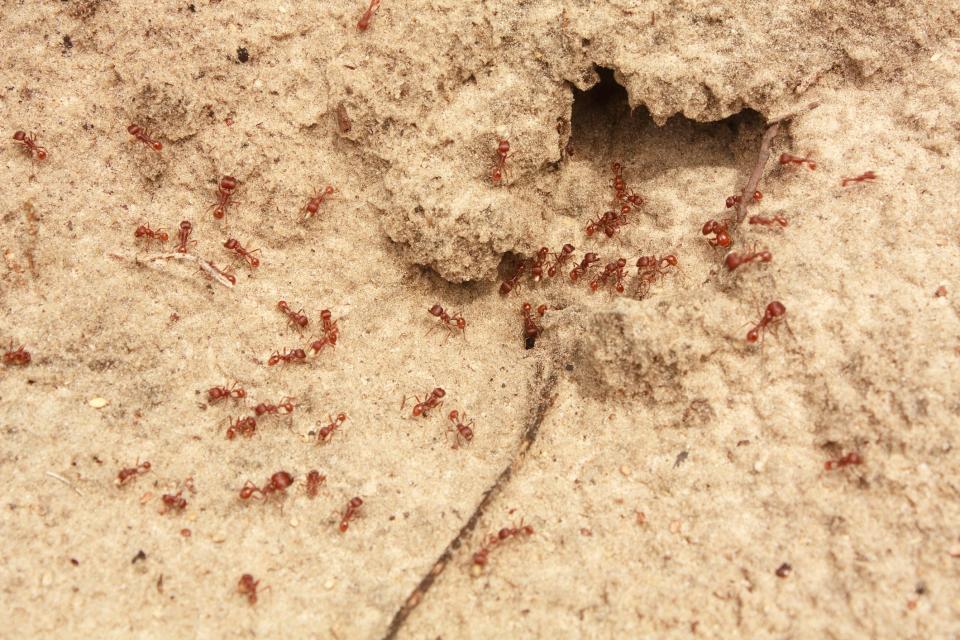
Almost every Floridian has accidentally stepped on or right next to a fire ant hill, triggering a tiny army to attack your poor unprotected foot or ankle. Not fun!
With each bite, or "sting," fire ants inject painful venom. Each bite is followed with a burning sensation surrounding the area of the bite or bites. Each bite then turns into an itchy blister and comes with a risk of infection.
Fire ants aren't a common cause of death for humans, but their venom can be deadly in large amounts. If there are enough bites on one person, they could go into shock and the stings could pose a lethal threat.
Here's what to do if you're bitten by fire ants, according to Florida Poison Control:
Cleanse thoroughly with soap and water
Apply wrapped ice and a paste of baking soda or meat tenderizer
Apply anti-itch products such as calamine lotion
Go to the hospital for treatment if you feel any symptoms beyond local pain from the bites, or if an allergic reaction occurs.
Scorpions
Scorpions are definitely one of the most painful and scary-looking insects that can sting you in Florida, but the ones here usually are not deadly, according to Florida Poison Control.
However, their venom is extremely painful and it can come with some intense swelling, possibly triggering an allergic reaction. A scorpion sting might become a hot, red welt and could come with numbness, tingling or a burning sensation that can last a few hours.
The most common scorpions found in Florida are:
Florida bark scorpion
The Hentz striped scorpion
Guiana striped scorpion
If you're stung by a scorpion, here's what to do:
Cleanse the bite area with soap and water
Apply wrapped ice to soothe pain and reduce swelling
Stinging Caterpillars
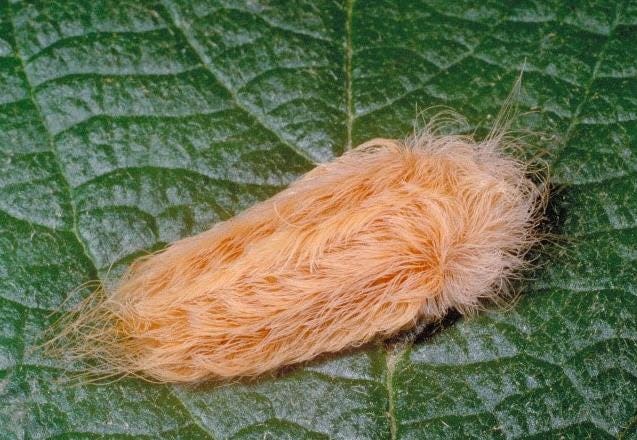
But caterpillars are usually so cute! How can they hurt me?
According to the University of Florida, these ones definitely will. Caterpillars that fall under the "stinging" category feed on vegetation and have spines that can break off in the skin. When the spines break, a toxin flows from the spines onto the skin, causing a burning sensation.
The most common stinging caterpillars found in Florida are, according to the University of Florida:
Puss caterpillar
Saddleback caterpillar
Lo moth caterpillar
Hag moth caterpillar
If you're stung by a caterpillar, here's what to do:
Cleanse the bite area with soap and water
Apply ice packs to reduce the stinging sensation
Apply a paste of baking soda and water
If the victim has a history of hay fever, asthma or allergy, or if allergic reactions develop, contact a physician immediately.
Wasps and bees
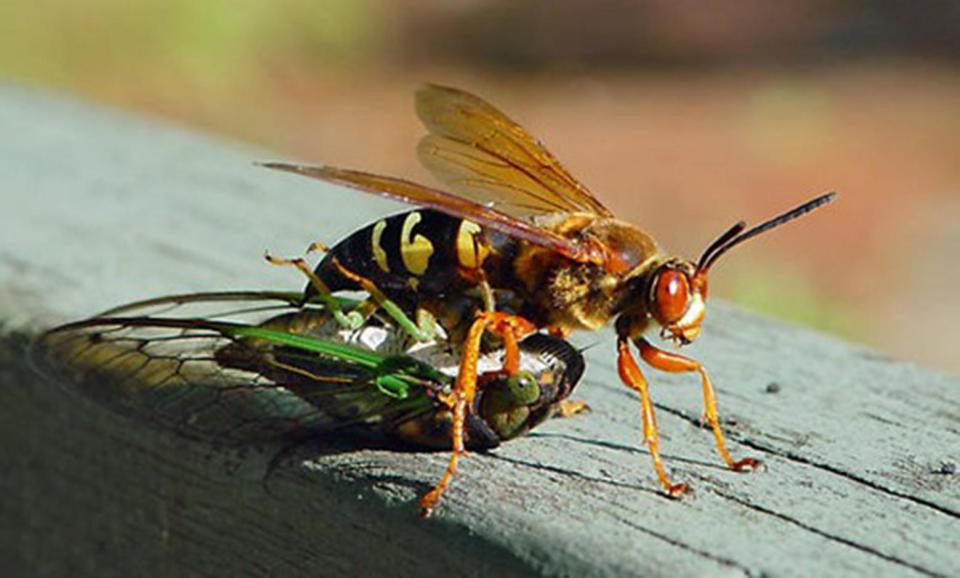
There are over 300 species of bees and 100 species of wasps found across the state of Florida. Allergic reactions to painful bee and wasp stings are what make these bugs deadly to some.
Wasp and bee stings typically leave a red welt or bump and usually feel like a needle prick.
Here are possible some symptoms and treatments for wasp and bee stings, according to Florida Poison Control:
Possible symptoms:
Muscle twitching and spasms
Cramps
Vomiting
Sweating
Headache
Severe trunk pain
If stung, here's what to do:
Remove the stinger
Cleanse the sting site(s) with soap and water
Apply cool compresses to soothe pain and swelling
Go to your nearest emergency department for treatment from an allergic reaction or a large number of stings.
Contributing: Kim Luciani, USA TODAY Network-Florida
This article originally appeared on Fort Myers News-Press: Joro spiders? No, What biting, stinging bugs in Florida to watch for

